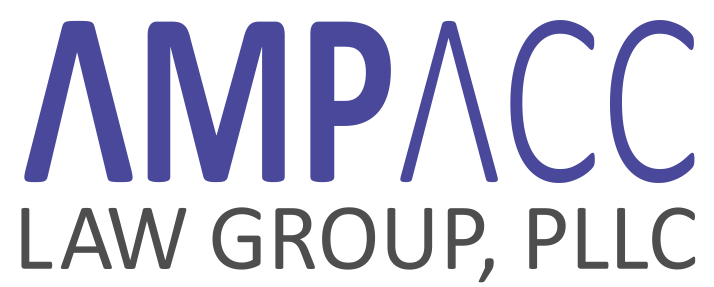A party is liable for inducing infringement under 35 U.S.C. § 271(b) if it knowingly causes another party to perform the acts of infringement. Because knowledge of infringement is a requirement for inducing infringement, the inducer’s good faith belief that the activities he is inducing are non-infringing may effectively defend against an allegation of inducement.[1] However, on May 26, 2015, the Supreme Court issued its opinion in Commil USA v. Cisco Systems, and held that a good faith belief of a patent invalidity is not a defense to inducement. 575 U.S. __ (2015), available at http://www.supremecourt.gov/opinions/14pdf/13-896_l53m.pdf.
Commil brought an inducement action against Cisco, alleging that Cisco sold infringing equipment for other third parties to use. At the trial court level, a jury returned a verdict for Commil. On appeal, the Federal Circuit vacated in part and remanded for further proceedings, concluding that the district court erroneously excluded Cisco’s evidence that it had a good faith belief in the invalidity of Commil’s patents. Because inducement requires, according to the Federal Circuit, proof of knowledge of infringement, a good faith belief in non-infringement should logically act as a shield to inducement. The Federal Circuit attempted to broaden this defense to also include a good faith belief in invalidity, because “one cannot infringe an invalid patent.”
The Supreme Court rejected the Federal Circuit’s reasoning. The Court clarified that under Global-Tech v. SEB, 563 U.S. __ (2011), inducement requires both knowledge of the patent and knowledge that the induced acts cause patent infringement. Infringement, however, is doctrinally separate from validity. Several Supreme Court cases, as well as the structure of the Patent Act itself, separate infringement from validity. Furthermore, infringement and validity “bear[] different burdens, different presumptions, and different evidence.” Commil, 575 U.S. at __, slip op. at 11, quoting Commil USA v. Cisco Systems, 720 F.3d 1361, 1374 (Fed. Cir. 2013) (dissenting opinion of Newman, J.).
The Court also cautioned that creating a new defense for inducement could upset the statutory presumption of patent validity, which could make patent litigation even more burdensome for litigants.
Justice Scalia, joined by Chief Justice Roberts, dissented. Justice Scalia would have held that a good faith belief in invalidity should qualify as a defense to induced infringement, noting that “To talk of infringing an invalid patent is to talk nonsense.” Commil, 575 U.S. at __, slip op. at 1 (Scalia, J. dissent).
While accused infringers may not rely on a belief of invalidity to escape inducement liability, the Court’s affirmation that induced infringement requires knowledge that the induced acts cause patent infringement remain a powerful tool to rebut an allegation of inducement.
